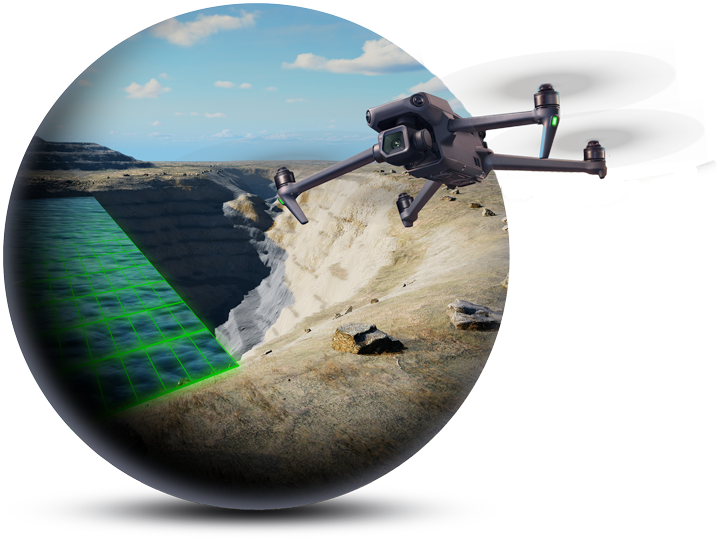
3D Renderings in Mine Closure Strategies
A 3D rendering of a mine closure is an invaluable tool for mining companies, acting as a powerful visualization and planning instrument. In the complex process of mine decommissioning, 3D models offer a detailed and dynamic representation of the physical landscape, underlying geology, and infrastructure. This provides an accurate, actionable blueprint for closure activities like backfilling, regrading, and revegetation. Additionally, these renderings facilitate risk assessment by allowing for the simulation of various closure scenarios, such as the potential for groundwater contamination or slope stability issues. With the ability to manipulate and explore these models, stakeholders can make data-driven decisions, effectively communicate plans, and ultimately ensure the safe, efficient, and environmentally responsible closure of the mine.
At Ironfin, we harness the power of cutting-edge technology to map the future of mine closures. Our innovative approach begins with drones equipped with high-resolution cameras, capturing a multitude of aerial images from a variety of angles. Through the technique of photogrammetry, these images are processed and integrated, creating a detailed 3D model of the mine. This isn't merely a topographical representation—it's a comprehensive digital depiction, providing intricate details of the mine's geology and infrastructure.
Taking it a step further, we utilize advanced 3D modeling software to create an immersive, realistic environment that envisions the mine in its closure state. This virtual landscape embodies every element of our meticulously planned closure strategies, from backfilling and regrading to revegetation. To truly bring the future to life, we generate dynamic movies that illustrate the pit filling with water. As you embark on a rotating tour around the mine, you'll witness the transformation from an operational site to a responsibly rehabilitated landscape. At Ironfin, we're not just planning for mine closures—we're visually experiencing the future, anticipating potential environmental impacts, and ensuring a safe, efficient, and sustainable path forward.
